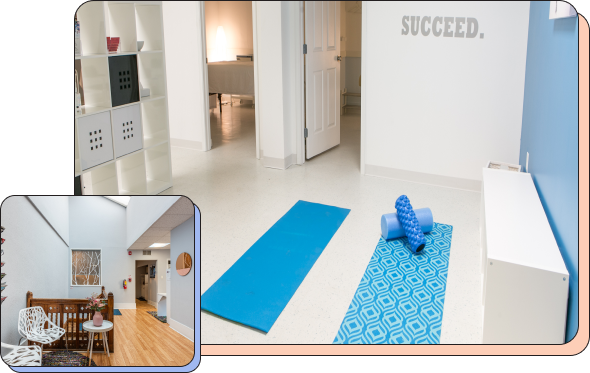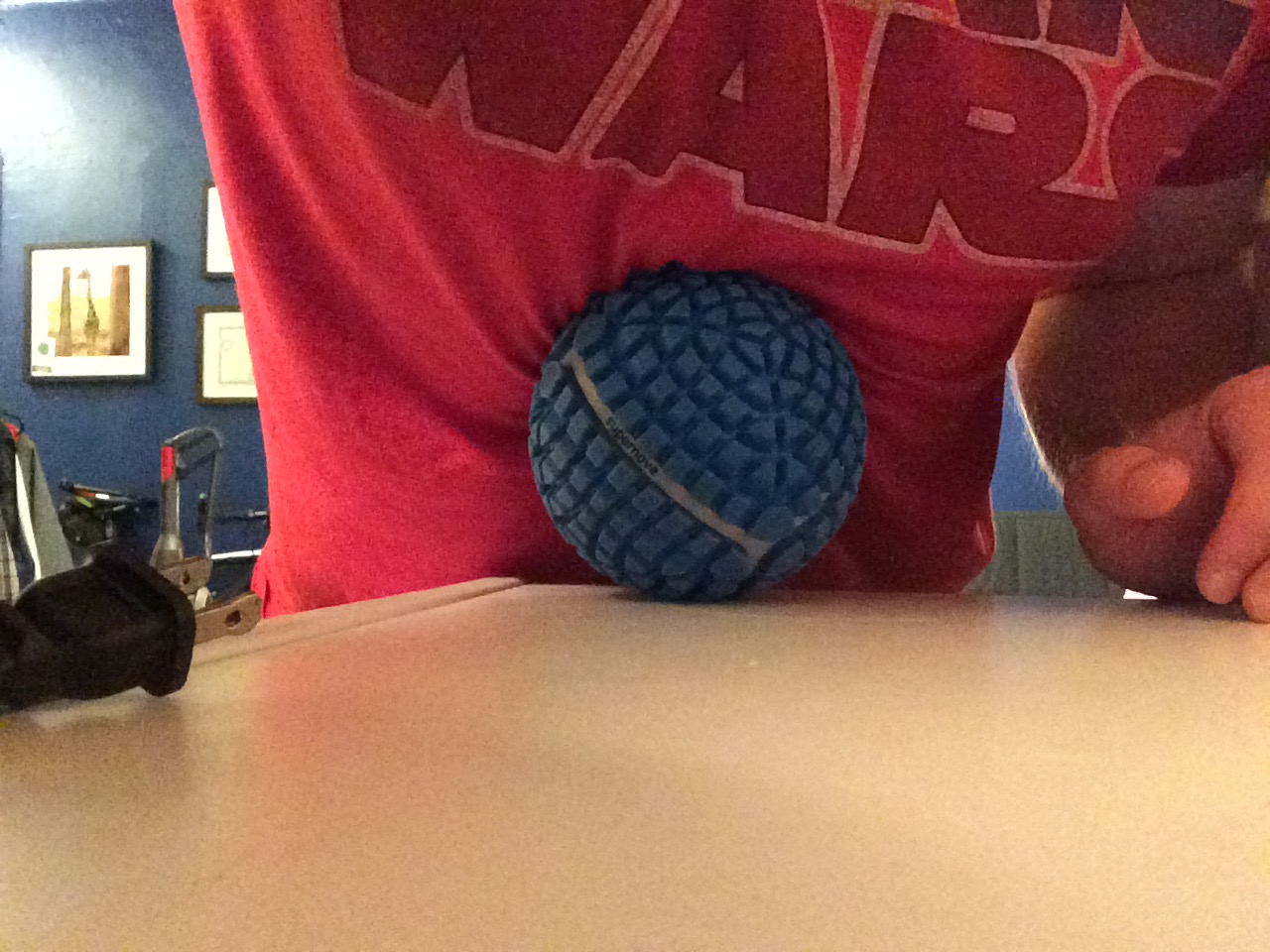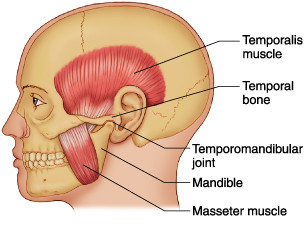Self-Massage


Self-care for the Abdominals and the Diaphragm
When it comes to self-care most people are familiar with the major players. The quads, hamstrings, upper back, lower back, mid back, neck, hands, feet, and arms are all represented. Everyone knows their trouble spots and how to go about smashing, stretching, and grinding them into submission. But, how well do you know your diaphragm? …

Temporomandibular Joint Dysfunction (TMJD)
The temporomandibular joint, or, the jaw, is the most frequently used joint in the body – it assists in chewing, swallowing, speaking, yawning, clenching, breathing, even facial expressions… the list goes on. On any given day, the jaw moves 2000-3000 times! The jaw is a sliding hinge joint, allowing for extreme mobility. It moves forward,…

Untying The (Stomach) Knots With Self Abdominal Massage
With the holidays in full swing, most of us could admit that, on occasion, we tend not to be too proud of our dietary decisions. Race season is over, New Year’s resolutions don’t start for another few weeks, so why not try and make up for those lost, and truly missed, calories? What better time…
Stretching and Self-massage of the Pectoral muscles
When your parents told you to stop slouching and stand up straight what did you do? Other than mutter a smart remark under your breath? You PULLED both shoulders backwards and felt a tight sensation around the front of your chest. Those muscles that feel tight are the pectorals. This two muscle group is responsible…
IT band syndrome or Why is my IT band sore and what can I do about it !?
Many athletes, especially endurance athletes, suffer from Ilio-Tibial Syndrome (ITBS). ITBS is an inflammation of the Ilio-Tibial band (ITB) at the knee, causing outer knee pain. The causes of ITBS can be varied but the treatment options are usually the same: massage, stretching and strengthening. What causes ITBS? The IT band is a fibrous band…
Self-Care Tips to use in-between massage sessions
Getting regular massages has many benefits, but those benefits are tremendously increased if self-care techniques are used in between sessions. This “homework”, given by your therapist, usually includes: hot/cold therapy, stretching, self-massage, lifestyle habits and rest. 1) Hot/cold therapy: Hot therapy: heat helps soothe and relax the muscles, and increases blood flow to the area. It…
Video: knot massage
Melvyn is working on loosening a knot in the right Trapezius superior. -He starts by Effleurage and petrissage to bring blood flow to the area. -Then, to better feel the knot, he uses deeper pressure with the use of his knuckle and isolates the knot. -Once the knot is found, he uses his elbow to…



